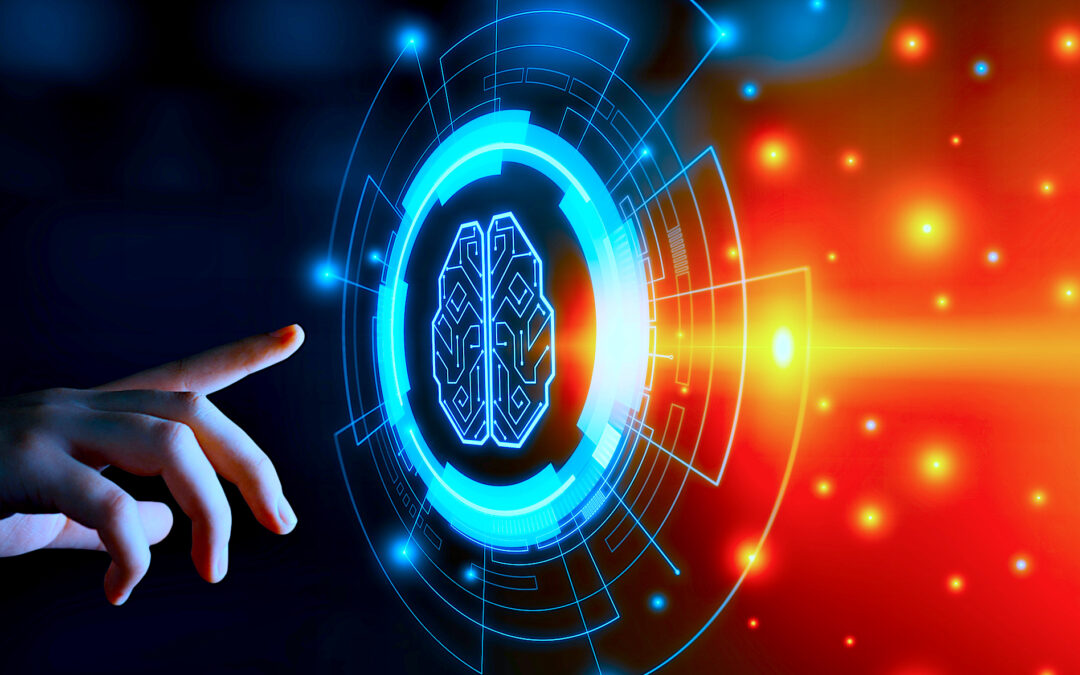We’ve heard the terms “Machine Learning (ML)” and “Artificial Intelligence (AI)” a lot over the past few years. Even the term “Neural Networks” has entered into the marketing language of the moment. The concepts behind these terms with regard to predictive and scheduled maintenance practices are useful. Sometimes, though, a lack of understanding of what the terms really mean can cause them to be used misleadingly.
For example, the types of ML systems we use for predictive maintenance (PdM) are not “plug and play.” They actually require some type of interaction or effort to ensure accurate data interpretation. This may be done programmatically by allowing the system to train based upon coding performed for a specific type of application, or through direct human intervention to train a model. Unfortunately, many consider the data-science part of ML/AI as the applications part.
There are two types of machine-learning approaches. One is referred to as “supervised” and the other as “unsupervised.” Supervised systems are the type we use for PdM and improved preventive-maintenance (PM) triggers. The process involves training the algorithm(s) applied with simulated failures, parallel simulations, or historical data to teach the software how to identify specific patterns, either to detect that a fault exists, or the type of fault that exists. Unsupervised learning is a method for looking at input data in order to identify hidden patterns for applications such as market research and data science. While it has some application for identifying issues associated with the maintenance aspect, this type of machine- learning process would be associated with overall reliability programs and larger scale opportunities.
In the PdM world, vibration analysis has approached the machine-learning concept with great success. Machine learning, in general, is a process that looks at large amounts of data and quickly identifies patterns. With supervised learning you can look at complex systems and large amounts of data to quickly and repetitively be able to identify subtle changes based on deviations from expected patterns. For instance, you can have a digital twin of the equipment that “operates” based on similar inputs and then compare the real-world system to it. The digital twin can also generate data to simulate different types of defects to assist in the training of a model. In vibration, as we know the specific types of patterns that determine a fault, this can be relatively straightforward. The differences in the accuracy of the systems literally comes from the approach that company uses to go through the process.
A typical ML-development process involves:
1. Data access and in-porting to the software. This means identifying the type of data potentially required for the model being considered.
2. Pre-processing the data through such things as estimating missing data, smoothing, and other methods that remove noise and other conditions without compromising the information.
3. Deriving the features found in the pre-processed data, which may include identifying specific frequencies if using an approach to identify spectral patterns, or changes to periodic sensor data, or similar.
4. Training the model utilizing the features determined from the data and selecting the best models (algorithms), which we will discuss in the next article.
5. Generating the trained algorithm in the container, which may be a software, instrument or other platform.
Electrical Signature Analysis (ESA) and Motor Current Signature Analysis (MCSA) are similar in that there are known patterns for different types of failures that work very well in expert systems. The addition of machine learning allows ESA/MCSA to provide continuous monitoring, as well as periodic data collection, to not simply detect defects. The capability can also be used to look at continuously updated Time to Failure Estimation (TTFE). The TTFE will be as accurate as the selected ML method and training data or models. Additionally, the F-point on a P-F curve related to different failure types can be programmatically identified for a specific system (or type of specific system) to increase accuracy.
In Part II of this series, we’ll explore the different types of “supervised” ML algorithms and how they are applied.TRR
ABOUT THE AUTHOR
Howard Penrose, Ph.D., CMRP, is Founder and President of Motor Doc LLC, Lombard, IL and, among other things, a Past Chair of the Society for Reliability and Maintenance Professionals, Atlanta (smrp.org). Email him at howard@motordoc.com, or info@motordoc.com, and/or visit motordoc.com.
Tags: reliability, availability, maintenance, RAM, electrical systems, electric motors, generators, machine learning, ML, artificial intelligence, AI, Electrical Signature Analysis, ESA, Motor Signature Current Analysis, MCSA, predictive maintenance, PdM, preventive maintenance, PM



